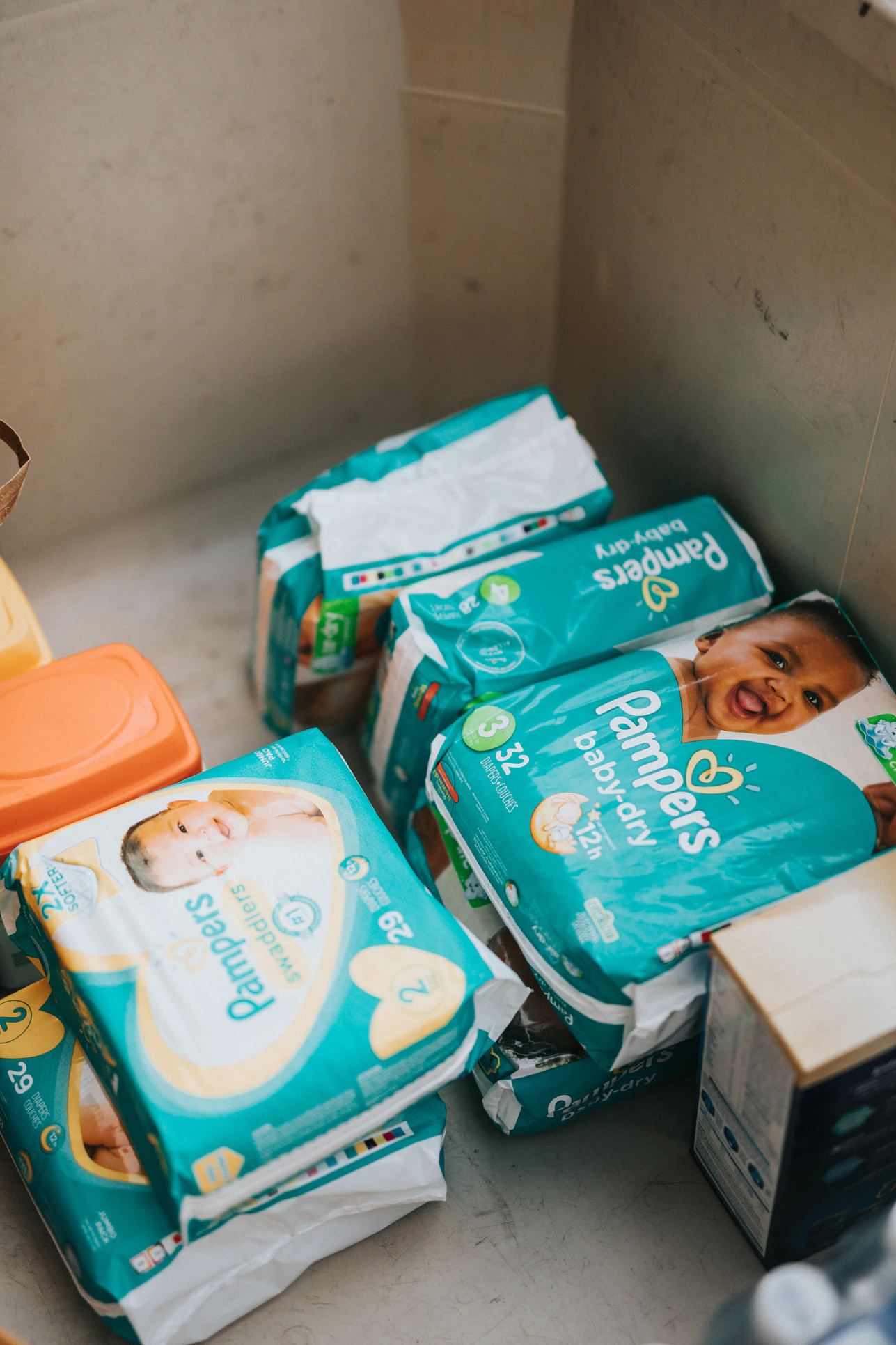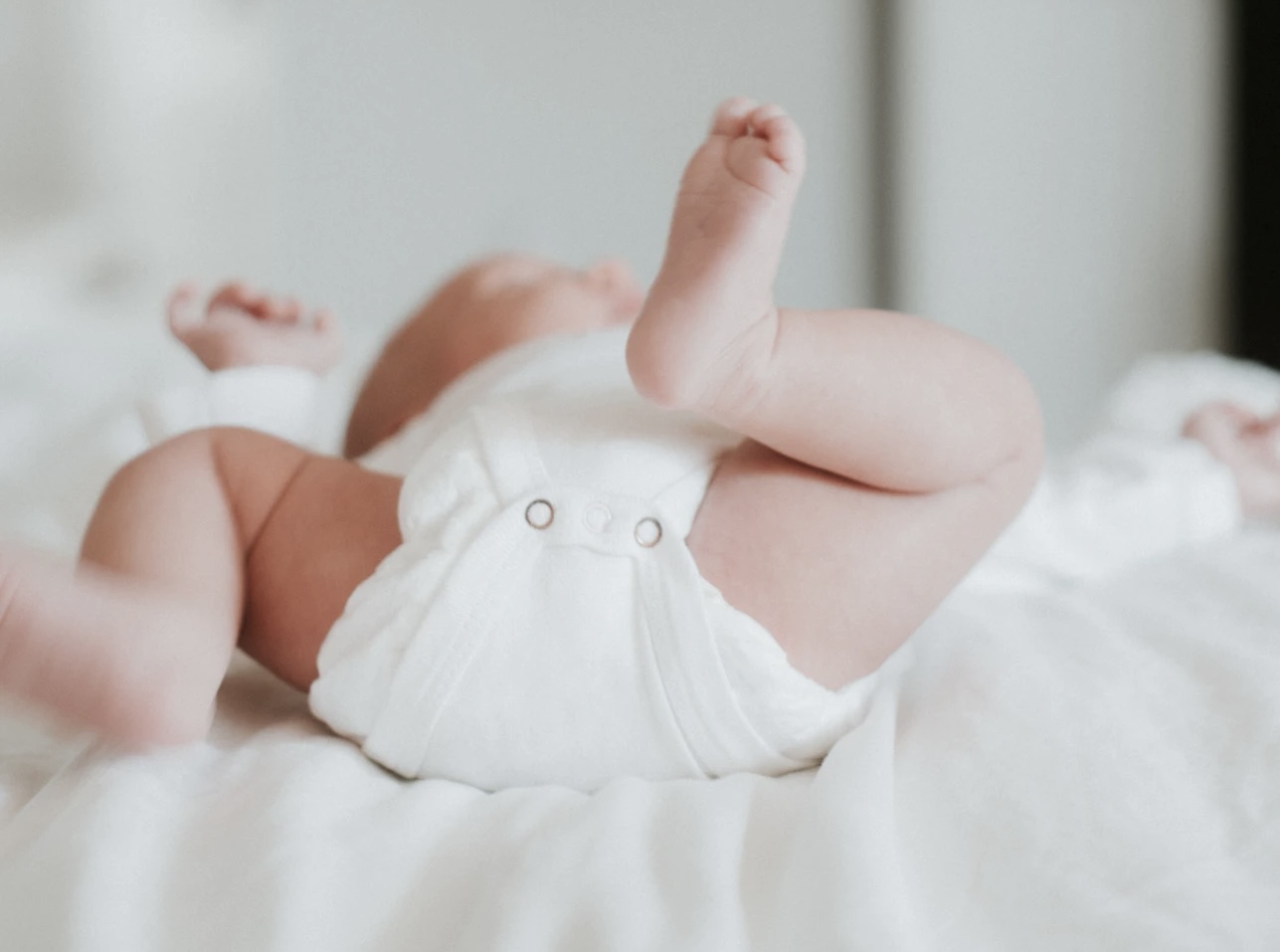
As a first time parent, I will freely admit to being woefully underprepared when it came to diapering. Though I chose a brand (Pampers or Huggies? I think most first-time moms probably choose between these two!) and dutifully added a few boxes of Newborn and Size 1 to my registry, I don’t think I really considered just how many diapers my newborn son would use, how frequently I’d be replenishing my stocks (thanks, Amazon Prime), and what I’d do if I didn’t have a steady supply of diapers and wipes in my nursery closet.
These aren’t necessarily questions you need to think about until your baby is born, but they are the questions that the Texas Diaper Bank is addressing daily.
Founded in 1997 by a group of ten United Methodist churches, the primary aim of the Hispanic Religious Partnership for Community was to serve the needs of the underserved. While their initial scope was very broad—funding after-school tutoring, food pantries, life enrichment, health and wellness fairs, and more—in 2010, the Partnership refocused its mission in response to consistently witnessing “one vital, yet forgotten basic need that impacts the physical, mental, and economic well-being of individuals: diapers.” It’s been known as the Texas Diaper Bank since 2013 and has distributed millions of items to local San Antonio families every year since.
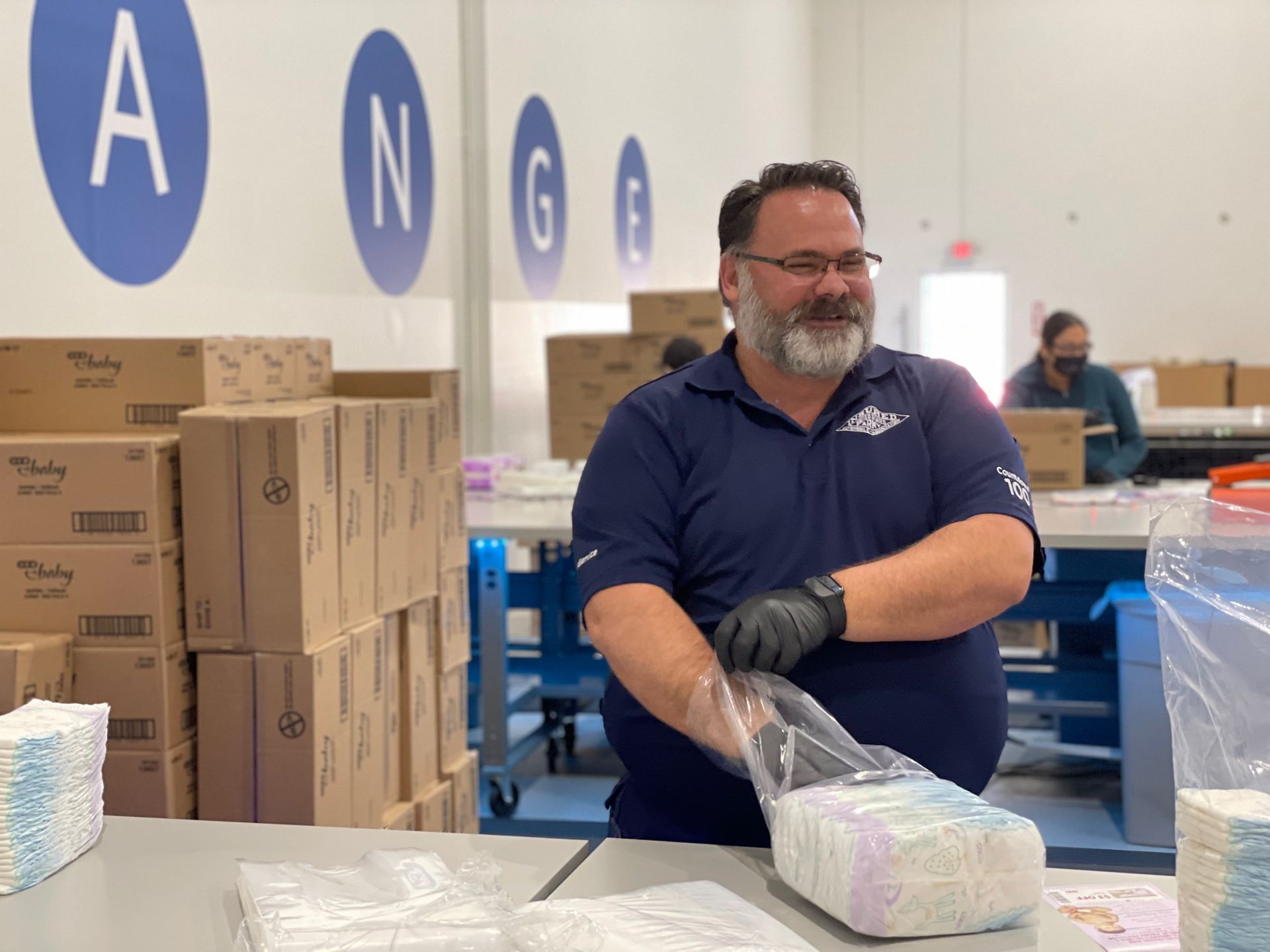
The Bottom Line
According to the U.S. Census, over six million Texas families currently live in poverty, including around two million children under the age of four. While other non-profits are able to help with basic needs (including food, medical care, etc.), the “diaper gap” is an often-overlooked material hardship affecting impoverished families. Lack of access to an adequate supply of diapers and other healthcare items has a negative impact on the physical, mental, and economic well-being of individuals.
When a caregiver cannot change a child’s diaper, that child has a 25% chance of developing diaper rash and is at higher risk of developing a urinary tract infection. Babies and toddlers typically use 6–12 diapers daily (often more as newborns and during times of sickness), which costs around $125 per child per month. For families in crisis, that cost is just too high. What’s more, federally funded safety net programs—including WIC, Medicaid, and SNAP—do not subsidize diapers. If parents do enter the workforce to improve their financial situation, their access to childcare may be limited, as most daycares require diapers to attend. An astonishing three out of five parents have reported having to miss work or school because of a lack of sufficient diapers.
Eliminating the diaper gap is the mission of the Texas Diaper Bank.

The Diaper Bank At Work
Since the birth of our son in October 2020, my husband and I have been regular supporters of the Texas Diaper Bank. After receiving their 2021 annual report, I caught up with Ashley Colwell to talk about how demand has changed during COVID, who can access their support, and how we can help.
1. Who do you help, and how does someone qualify for assistance from the Texas Diaper Bank?
“Families with children ages 0–4 years old whose household income does not exceed 180% of the Federal Poverty Line qualify for our direct services. We also partner with other nonprofit agencies to distribute diapers through them to their clients. We hold special distributions open to the public, but these are not regular. Finally, we provide period supply and incontinence supply assistance to menstruators, seniors, and people with disabilities.”
To add to Ashley’s answer, it’s worth remembering that 1 in 3 seniors will suffer from incontinence at one point in their lives. Incontinent seniors can spend anywhere from $265–$420 per month on incontinence supplies, putting an adequate supply of incontinence products to live a normal, healthy life out of the reach of those on a limited income. Traditional insurance health plans do not provide assistance with incontinence products, so the Texas Diaper Bank’s work here is just as crucial.
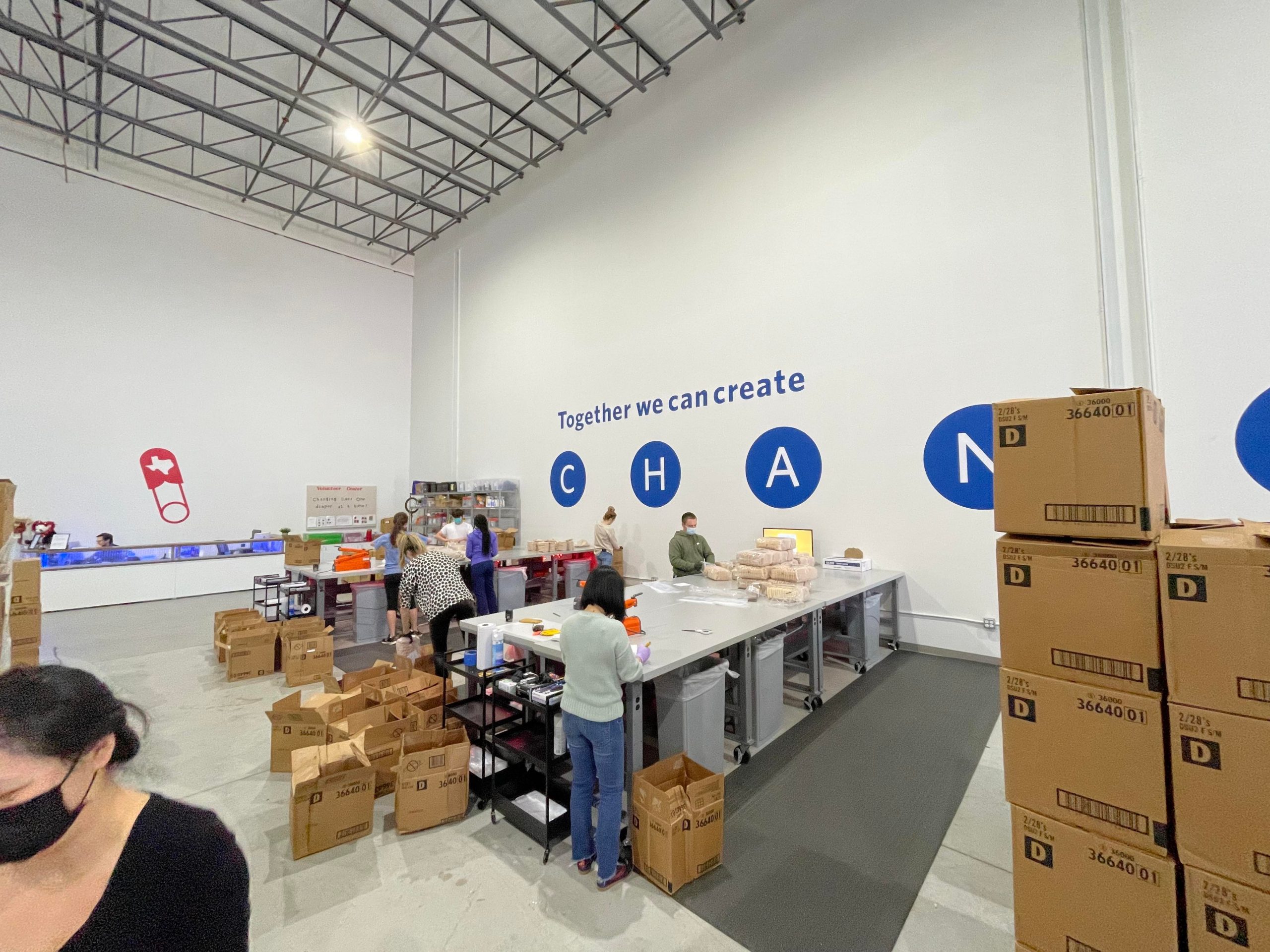
2. How do volunteers contribute to the Diaper Bank?
“Our volunteers help by repackaging our product for our clients. We have volunteers nearly every day of the week, excluding Sunday. In March 2022, we had 552 volunteers donate 1,795 hours of their time.”
3. How has demand for the Diaper Bank changed and grown in the last couple of years?
“The pandemic exacerbated diaper need (a lack of a sufficient amount of diapers for a child) in our communities. Before the pandemic, 1 in 3 families reported experiencing diaper need and often resorted to keeping their children in diapers for more extended periods or using unsafe household items such as towels and shopping bags. Once lockdown began and people began losing their jobs, low-income families and women were disproportionately affected. Additionally, school closures upended childcare for many families, which forced even more parents to leave work.”
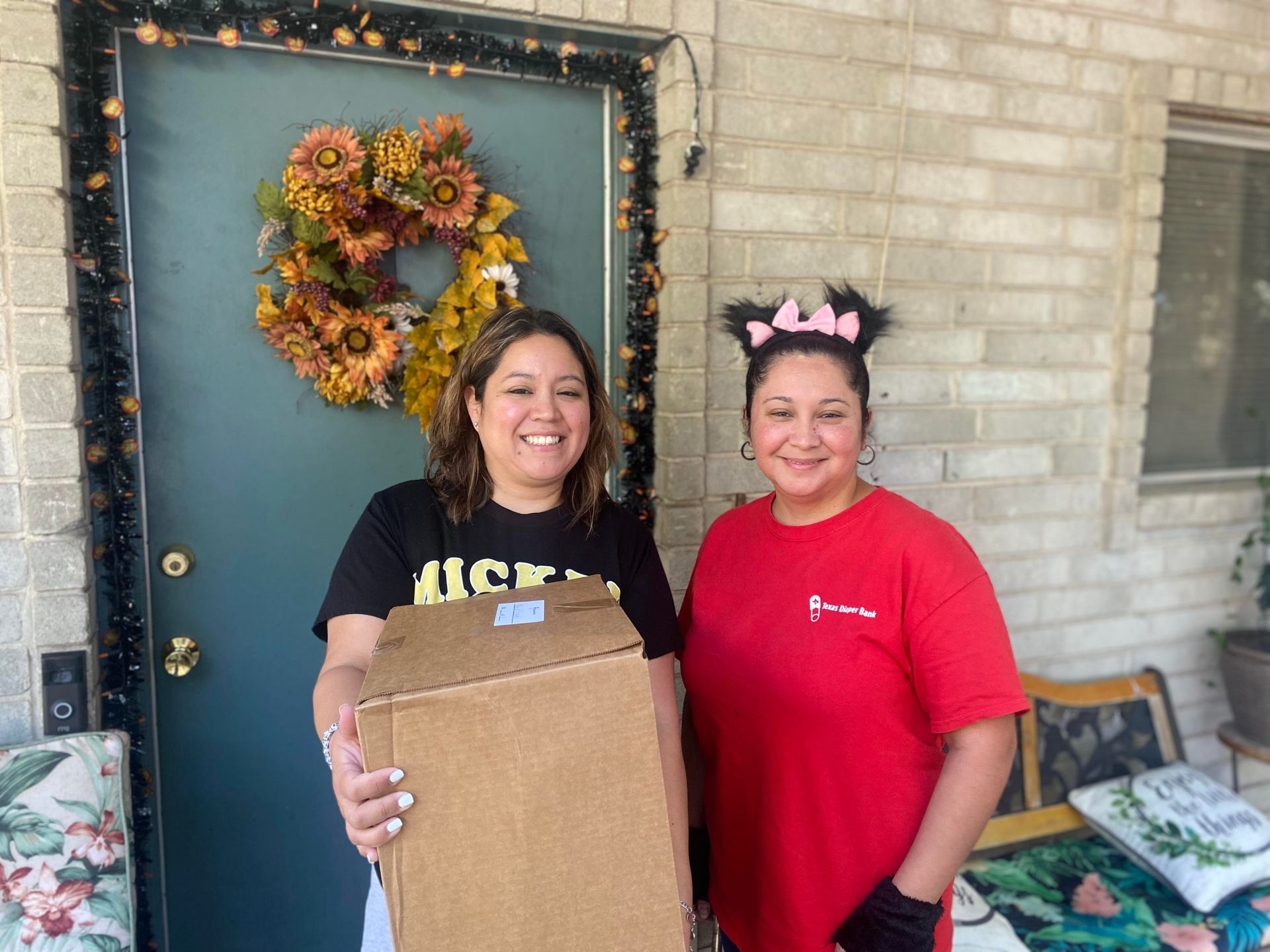
4. How important are donations from individuals (whether monetary or goods) to the continuing success of the Diaper Bank?
“Individual donors are critical! Monetarily, donations from individual donors are unrestricted dollars that we can use to serve our community in so many different ways. Similarly, product donations help us supplement our inventory when we’re running low on popular products like larger-sized diapers. Also, having individuals involved in the organization is great for awareness. We have the resources to help our community, but we need people to know about us! When individuals donate, fundraise, and host diaper drives, they’re helping spread the word about the vital work that we’re doing.”
5. What would you say to a mom struggling to afford diapers for her little one, but perhaps too embarrassed to ask for help?
“You are not alone. The Texas Diaper Bank was founded because we recognized an unmet need in our community. Diaper need is a widespread, common issue that affects people from all walks of life. Everyone needs help sometimes, and it’s nothing to feel ashamed about.”
In 2021, the Texas Diaper Bank distributed a staggering 1.98 million diapers and 750,500 children’s wipes; serving 56,000 individuals and 1,750 new clients. The COVID-19 pandemic has shown that, in our community and pretty much every other, you can go from being a regular Diaper Bank donor to needing their assistance very quickly. We are incredibly fortunate to have such a great resource in San Antonio.
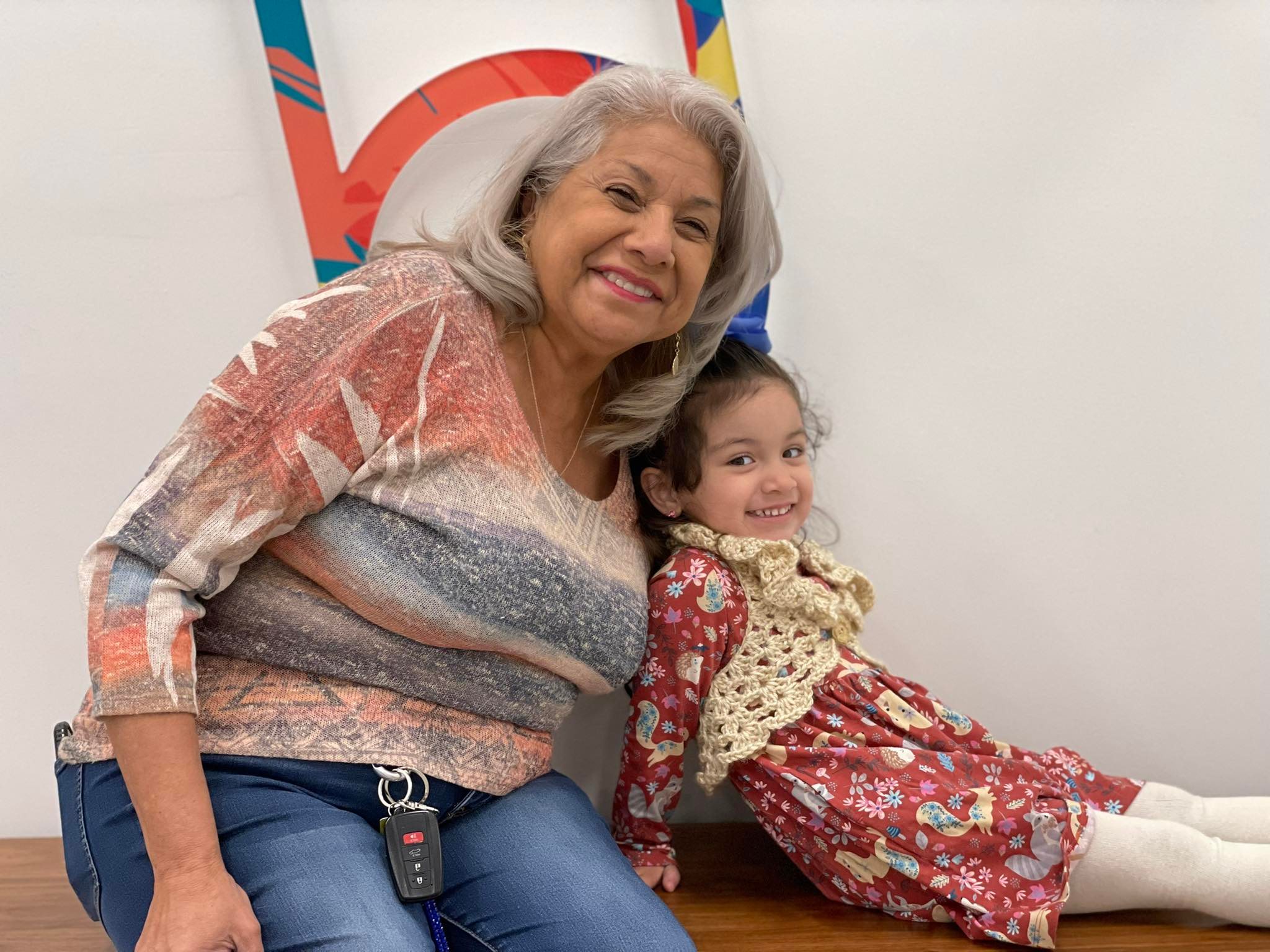
How Can We Help?
The great news is, there are so many ways to help an amazing local non-profit like the Texas Diaper Bank. I wasn’t really aware of their work until after I had a baby, so alerting people to the fact that they exist as a resource is crucial!
Here are a few suggestions of how you can help:
- Volunteer! Over 5,000 San Antonians volunteer with the diaper bank each year, and you could be one of them. Volunteer shifts are available Monday–Thursday, 9:00 a.m.–4:00 p.m., Friday, 9:00 a.m.–12:00 p.m., and Saturdays on request. Volunteers provide practical, hands-on help by counting and organizing donations, repackaging diapers and wipes into packs of 25, and creating kits for families. Most volunteer activities take place at their office, located at 1803 Grandstand Dr., Suite 150, San Antonio, 78238.
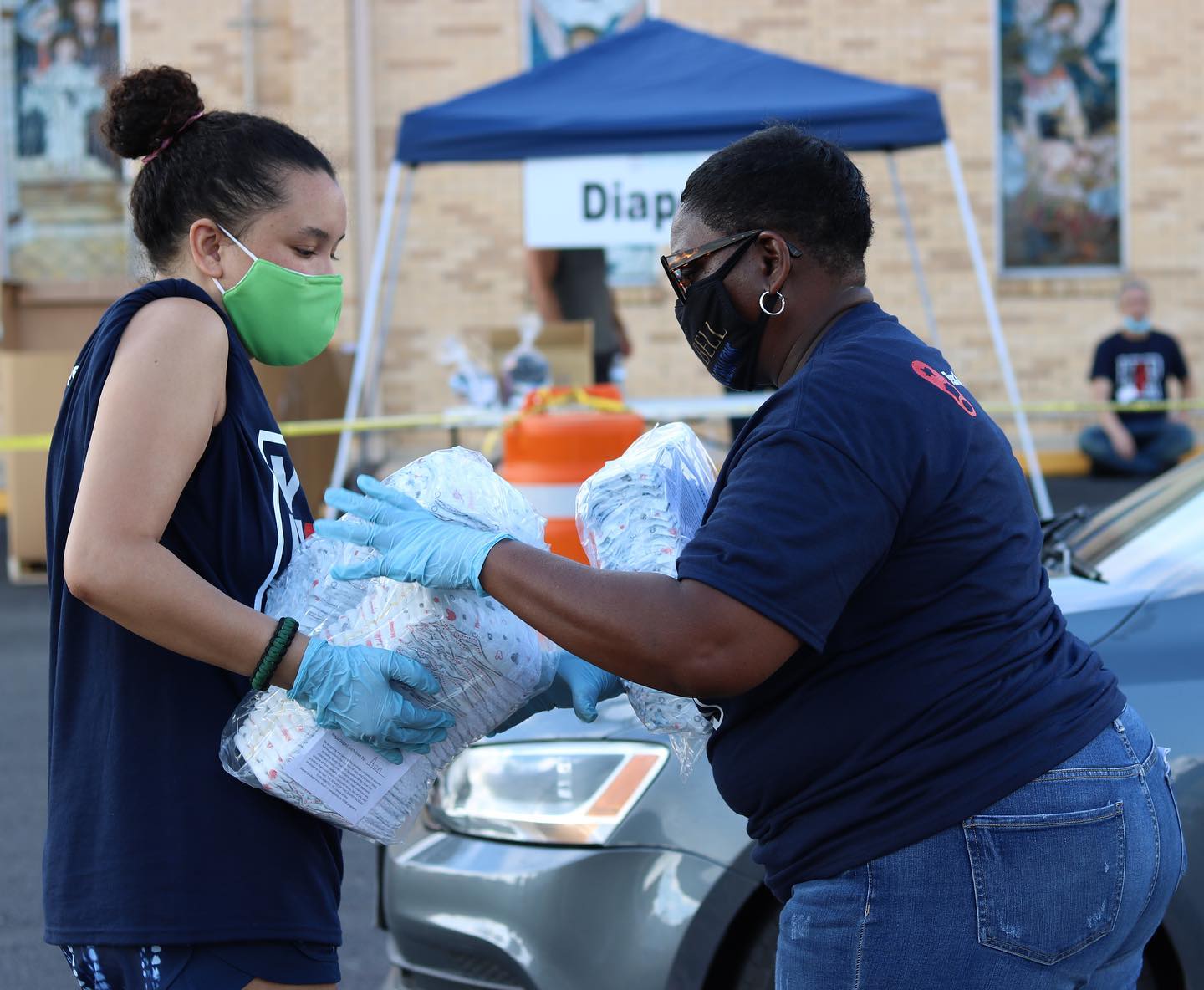
- Donate in kind. The Texas Diaper bank accepts donations of diapers, feminine hygiene products, incontinence supplies, wipes, and/or new baby clothes and toys. Perhaps you have some open packs of diapers that your little one has grown out of or most of a box you don’t need anymore due to successful potty training. (You go, Mama!) As the diapers and wipes are repackaged to serve clients, these are all incredibly welcome donations. You can drop them off at the Diaper Bank during business hours, or drop them into the branded purple donation bins outside at any time. The Diaper Bank also has an Amazon wish list, so you can send boxes of diapers and other in-demand products directly to them.
- Monetary donations. As Ashley said, 94 cents from every dollar donated to the Texas Diaper Bank can be used to serve those in our community who need help most. That takes many forms, from buying products to distributing them where they are needed, producing promotional materials, and more. On their website, you can find out if your employer is part of the sponsor matching gift programs. If they are, they will match any charitable contributions made by their employees and retirees, and double the impact of your donation.
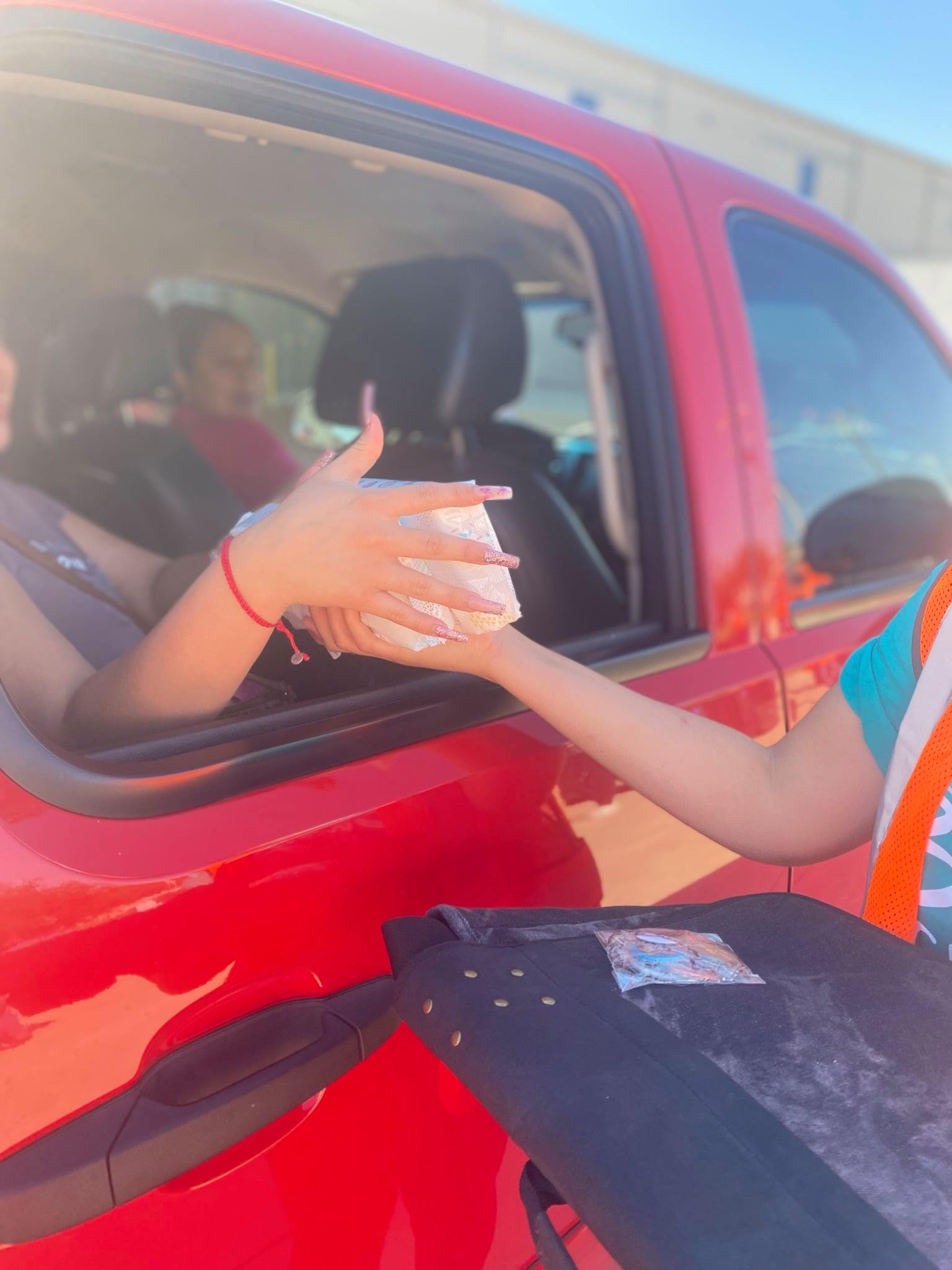
- Hold a diaper drive. This is definitely one of the most fun ways to support the Diaper Bank! Whether it’s for a personal occasion (birthday, anniversary, baby shower) or as part of a charity drive with your church or school, diaper drives are an excellent way to raise awareness of and collect products for the bank. Set the date, share on social media, and watch the diapers roll in. Then drop them off at the Diaper Bank during business hours for an instant serotonin boost.
I really hope you’ve enjoyed reading about the incredible work of the Texas Diaper Bank and learning more about how it’s supporting families in San Antonio. A huge thanks to Ashley for answering my questions and sharing these photos of this amazing non-profit at work in our community.
